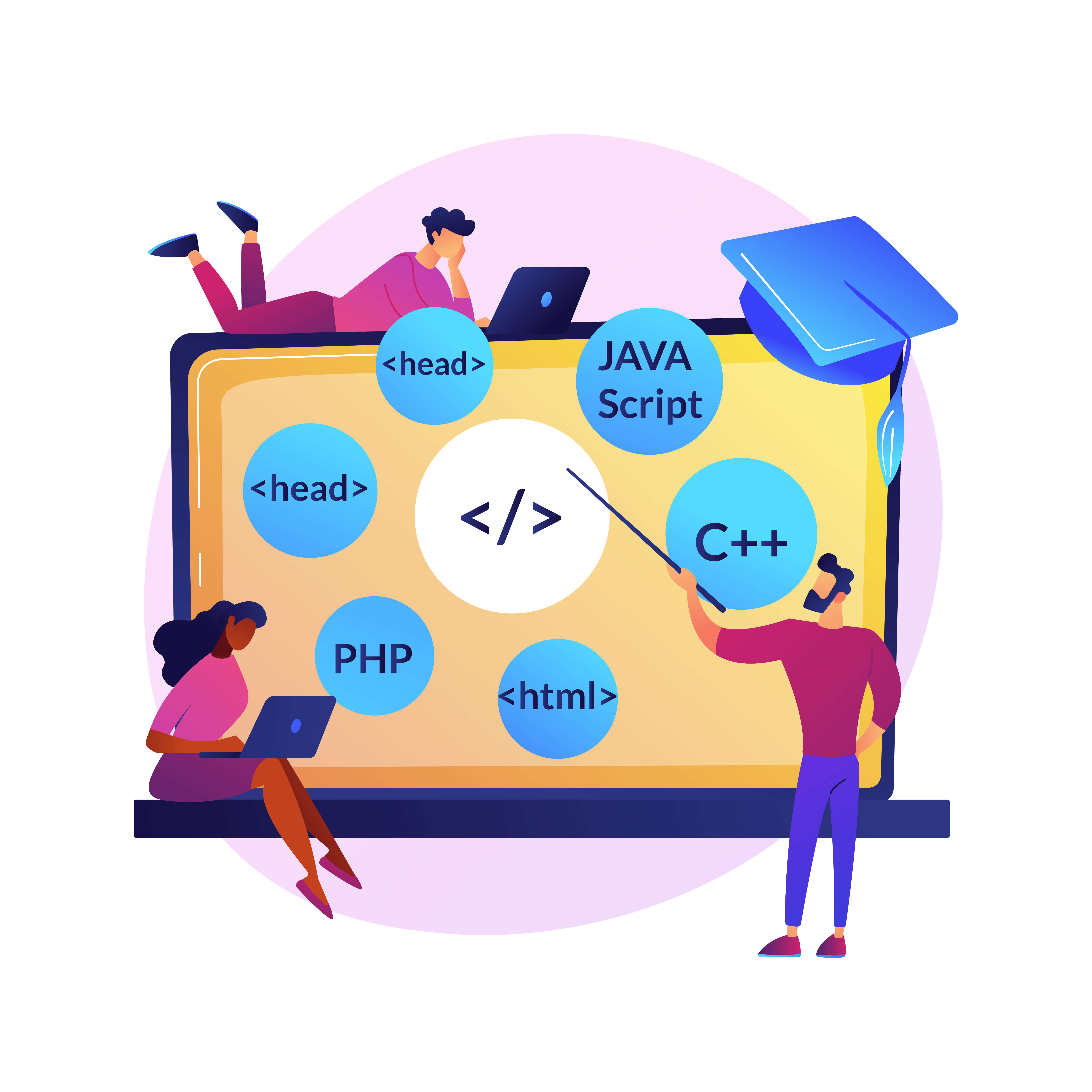Executive Summary:
In the era of advanced language models, the foundation of their prowess lies in the quality of training data and the quality of preprocessing techniques. This blog navigates through the crucial aspects of curating training datasets and employing advanced preprocessing methodologies for large language models. For language models such as GPT-3 and BERT to perform at their best, it is imperative to understand these complexities.
Introduction:
Large Language Models (LLMs) are widely recognized as cutting-edge technology for natural language processing. However, their exceptional performance is not just a result of advanced algorithms, but also of the careful preparation of training data and the use of sophisticated preprocessing techniques. This blog post delves into the crucial role of training data and explores additional preprocessing strategies that contribute to the success of LLMs.
The Essence of Quality Training Data:
Curating Diverse and Representative Datasets:
To create powerful language models, diverse and representative training data is essential. This involves gathering information from a wide range of sources, such as books, articles, and online text, to gain a thorough understanding of language’s nuances, topics, and contexts.
Addressing Bias and Ethical Considerations:
The quality of training data extends beyond linguistic diversity; it involves addressing biases inherent in the data. To ensure high-quality training data, it’s important to go beyond just including linguistic diversity. This is crucial to prevent models from perpetuating stereotypes or exhibiting biased behavior. The curation process should be mindful of potential biases in the source data and employ strategies to mitigate them. The curation process should be mindful of potential biases in the source data and employ strategies to mitigate them.
Optimizing Preprocessing Techniques:
Tokenization and Sub-word Encoding:
Efficient tokenization is a cornerstone of preprocessing for LLMs. Tokenizing text into smaller units, such as words or sub-words, aids in capturing intricate linguistic structures. Sub-word encoding, popularized by models like BERT, allows models to handle rare words and morphological variations effectively.
Python code:
from transformers import BertTokenizer
# Tokenization with BERT
tokenizer = BertTokenizer.from_pretrained(“bert-base-uncased”)
text = “Nurturing the Giants: Training Data and Advanced Preprocessing Techniques for Large Language Models”
tokens = tokenizer.tokenize(tokenizer.encode(text))
print(tokens)
Handling Out-of-Vocabulary (OOV) Words:
Language models encounter words outside their vocabulary during deployment. Effective preprocessing involves addressing OOV words through techniques like sub-word tokenization or using embeddings to represent unseen words based on their context.
Python code:
from sentence_transformers import SentenceTransformer
# Using Sentence Transformers for OOV words
model = SentenceTransformer(‘paraphrase-MiniLM-L6-v2’)
oov_word = ‘onomatopoeia’
embedding = model.encode(oov_word)
print(embedding)
Normalization and Cleaning:
Clean, normalized text is essential for meaningful language representation. Preprocessing often includes steps like lowercasing, removing special characters, and handling contractions to ensure consistent and standardized input.
Python code:
import re
# Normalization and Cleaning
text = “Cleaning and normalizing the Text! Let’s go.”
cleaned_text = re.sub(r”[^a-zA-Z0-9]”, ” “, text.lower())
print(cleaned_text)
Advanced Preprocessing Techniques:
Morphological Analysis:
For languages with rich morphological structures, morphological analysis can be employed to break down words into their root forms and affixes. This enhances the model’s ability to understand the morphological variations of words.
Python code:
from polyglot.text import Text
# Morphological Analysis with Polyglot
text = Text(“Advanced preprocessing involves morphological analysis.”)
morphemes = text.morphemes
print(morphemes)
POS Tagging and Named Entity Recognition (NER):
Adding Part-of-Speech (POS) tags and performing Named Entity Recognition (NER) during preprocessing enriches the linguistic information available to the model. This aids in capturing syntactic and semantic relationships within the text.
Python code:
import spacy
# POS Tagging and NER with SpaCy
nlp = spacy.load(“en_core_web_sm”)
text = “Advanced preprocessing involves POS tagging and NER.”
doc = nlp(text)
pos_tags = [token.pos_ for token in doc]
named_entities = [(ent.text, ent.label_) for ent in doc.ents]
print(“POS Tags:”, pos_tags)
print(“Named Entities:”, named_entities)
Data Augmentation:
Data augmentation techniques, commonly used in computer vision, can be adapted for text data. This involves introducing variations in the training data by applying transformations like synonym replacement, paraphrasing, or introducing random noise.
Python code:
from nlpaug.augmenter.word import ContextualWordEmbsAug
# Data Augmentation with nlpaug
aug = ContextualWordEmbsAug(model_path=’bert-base-uncased’, action=’substitute’)
augmented_text = aug.augment(“Data augmentation enhances model robustness.”)
print(augmented_text)
Conclusion:
In conclusion, the journey to harnessing the power of Large Language Models begins with attention to training data and advanced preprocessing techniques. Curating diverse, representative datasets and implementing sophisticated preprocessing strategies are pivotal to the success of contemporary models. As we stride into a future where language models continue to evolve, mastering these foundational and advanced elements becomes imperative for pushing the boundaries of natural language understanding and generation.










